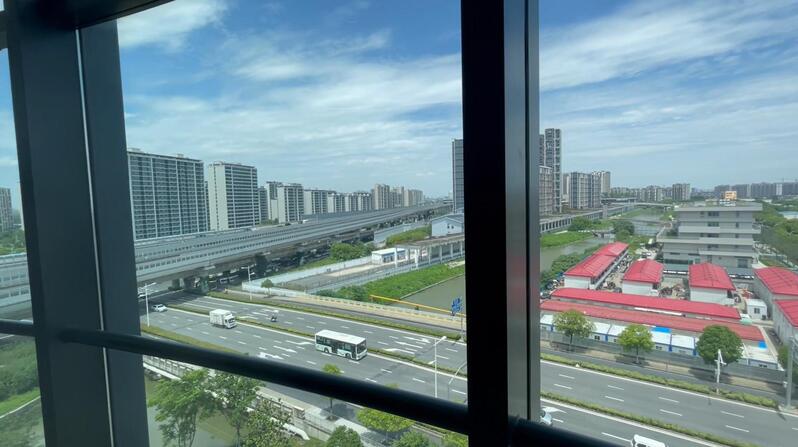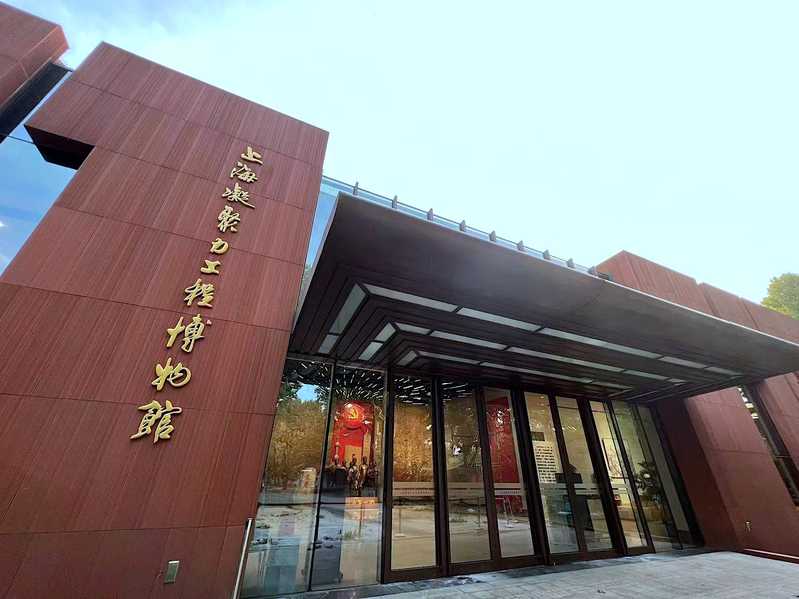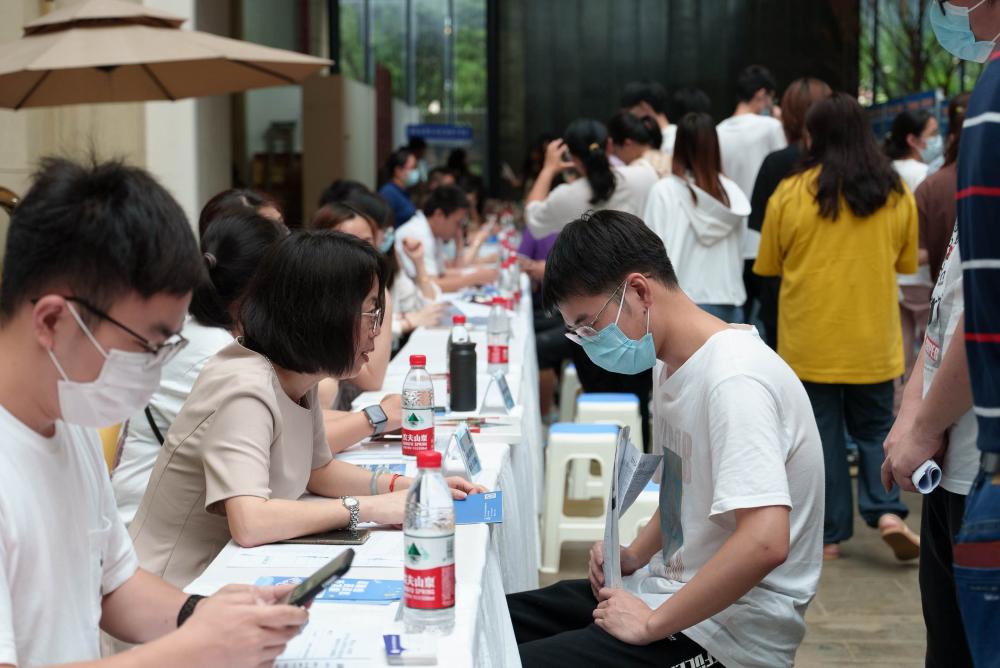Are there fewer and fewer elderly people?, Shanghai Elderly Care Home | Institution | Shanghai
"In the past, our 96 beds were always full, but now we have nearly 20 empty beds," said the head of a nursing home located in the old city of Huangpu, Shanghai. A nursing home in Pudong also experienced a shortage of beds for a period of time. "At its peak, there were over 160 elderly people living in it, but now it's less than half of what it was at that time," said the heads of both institutions. The main reason for the decrease in occupancy rate, except for elderly people who passed away naturally, is that "the elderly have returned home.".
At present, private elderly care institutions are the mainstay of the elderly care industry in Shanghai. Among the 475 elderly care institutions in Shanghai, over 50% of them are private institutions, and a considerable proportion of public nursing homes are also managed or contracted by private institutions. The reporter continued to monitor the operation of multiple nursing homes in Puxi and Pudong before and after the epidemic, and received general feedback from the head of the nursing home:
In the past few years, institutions within the industry have been more or less affected by the "strict entry and exit" brought about by the epidemic, resulting in the loss of some elderly people. This has led to an increase in costs and further exposed the objective shortcomings in the development of the elderly care industry. What people are more curious about is whether these industry problems, whether they are short-term difficulties or deep anxieties, will trigger a shock and "reshuffle" of the entire industry?
Some people are in a hurry to leave, while others are rushing to come. The demand for combining medical care and elderly care is prominent
The Shenyangwang Nianhui Elderly Care Home located in Changshou Road Street, Putuo District, has found that while the elderly have been lost, the desire and urgency of the elderly who are actively seeking to stay are actually higher than before the epidemic. The reason is that this place is adjacent to the Yueyang Traditional Chinese Medicine Clinic in Shanghai, and the elderly are worried about living at home. In case of an unexpected event like the epidemic, there will be no one to take care of and medication difficulties.
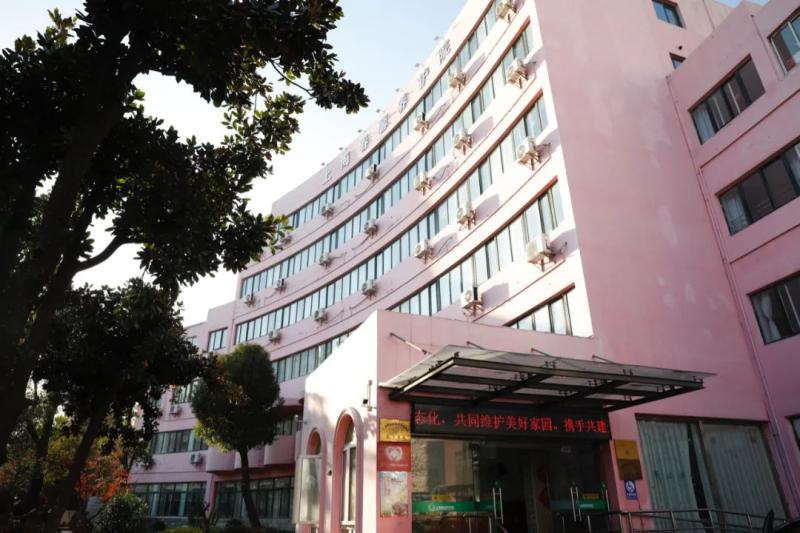
Elderly residents staying at Shenyang Wangnian Hui can rely on nearby traditional Chinese medicine clinics to meet a considerable number of needs for medication, blood and urine tests, and traditional Chinese medicine consultations. They can also undergo ultrasound and electrocardiogram examinations. In addition, it is also possible to conveniently seek medical treatment through the green channel of the community health service center, solving the problem of difficult medication dispensing. However, among the more than 60 elderly care institutions in Putuo District, there are not many institutions with such conditions. Looking around the city, there are even fewer nursing homes located next to medical institutions.
A journalist's investigation found that medical capability is a key factor in determining the operational level of a nursing home. The heads of multiple elderly care institutions mentioned that institutions that can provide convenient medical consultation services are often more favored by the elderly and their families. However, the reporter also noticed that currently, the hospitals near Shanghai nursing homes are generally community hospitals, and the problems they can solve are relatively limited. If the elderly really have emergencies, they still request assistance from tertiary hospitals. Experts also generally believe that the current stage of "medical and elderly care integration" in China is still in its early stages.
The service supply is relatively single, making it difficult to meet the diversified market demand
The reporter learned that many public elderly care institutions and public elderly nutrition institutions mainly provide multi person beds. Even in high-end private elderly care institutions, the proportion of single rooms is not high. This single market supply has kept many elderly people with purchasing power out of the door.
"The elderly muster up the courage to step into the nursing home, hoping to find a comfortable space to spend time. It is best to have an independent room to protect personal privacy and avoid friction with roommates," said some nursing home directors. Industry experts have also stated that the newly established institutional nursing beds in Shanghai should not blindly pursue quantity, but should also adjust the structure reasonably, integrate modern people's needs and consumption concepts, set personalized, differentiated, and multi-level beds, and prioritize service quality.
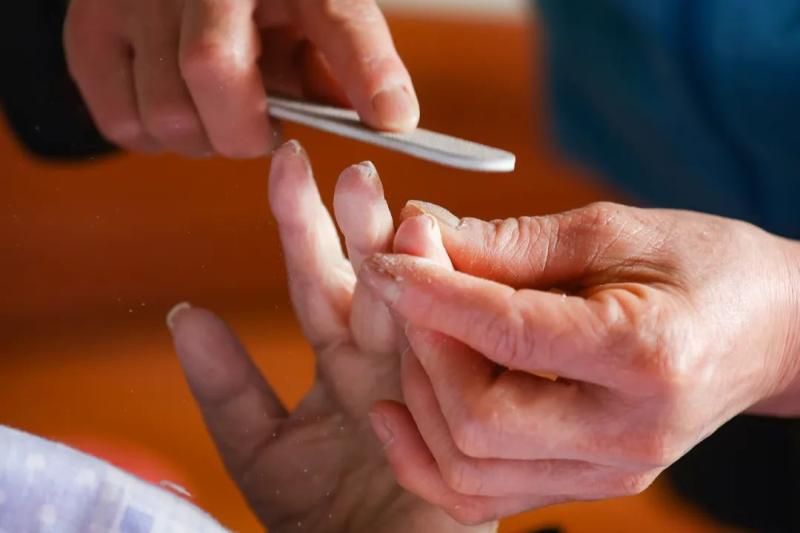
Zhang Xiaoyi, a professor at Shanghai Jiao Tong University and executive director of the Shanghai Gerontology Society, pointed out that there is currently a structural demand imbalance in the market. Some nursing homes are "overheating", while others are on the verge of closing down. One of the reasons is that the market is not short of beds, but lacks multi-level gradient supply. "With the general improvement of people's living standards, in addition to basic needs, society also needs to allocate various different standards of elderly care beds to match different groups of people."
The bed is empty, it is difficult to recruit, and the cost issue is more prominent
Wang Haishui, who runs multiple elderly nutrition institutions in Shanghai, told reporters that the hospital's revenue mainly consists of three parts: nursing expenses, bed expenses, and meal expenses. A well run nursing home can basically offset rent expenses with bed expenses and labor expenses with nursing and meal expenses, achieving "equal income and equal income" or "little surplus". "The bed fee is not enough now, and nursing staff cannot be recruited at the original price, resulting in an increase in costs."
After the epidemic, the overall revenue from beds has decreased. Due to changes in market occupancy intentions and the previous policy of "no new recruits" during the epidemic period, Chunxin Nursing Home still has 40% of empty beds, up from its basic full capacity before 2020.
The Happy Home Nursing Home in Huangpu District, which has 96 approved beds, needed to queue up for a seat three years ago, but now it has just filled 80 people. The other four nursing homes investigated by the reporter, located in Yangpu, Fengxian, Putuo, and Pudong, have also experienced a decrease in occupancy rates to some extent.

On one end, the income from beds has decreased, while on the other end, labor expenses have had to increase. Some experts have found in previous research that the operating costs of a considerable number of elderly care institutions in Shanghai have been consistently high. In order to alleviate its operational difficulties, Shanghai has successively introduced a subsidy mechanism from software to hardware in recent years. However, with the emergence of bed vacancy issues and increased labor costs, the cost problem has become more prominent.
A domestic expert in the field of civil affairs also pointed out that the problem of vacant beds and talent shortage is common throughout the country. According to data released by the Ministry of Civil Affairs at the end of 2020, China had built 4.291 million beds in elderly care institutions that year, with a vacancy rate of up to 50% and a long-standing structural contradiction. For example, nursing homes in convenient transportation areas have fewer vacant beds; High end private institutions with higher fees have fewer vacancies, and so on.
In terms of talent, since the comprehensive implementation of long-term care insurance in Shanghai in 2018, a considerable number of nursing home staff have switched to providing home-based elderly care services for community elderly. "With a limited pool of nursing talents in the city, the home-based elderly care market has surged, making it more difficult for nursing institutions to recruit and retain staff." Several nursing home deans have expressed similar views.
Suggest "precise drip irrigation" and build a pyramid shaped elderly care service system
Industry experts are generally concerned that the high cost of elderly care institutions may affect their service quality. For example, nursing homes may adjust their service methods to reduce costs and reduce the proportion of caregivers for each elderly person. "This is the result that the elderly care industry has been working hard for many years and least wants to see," said Zhang Xiaoyi.
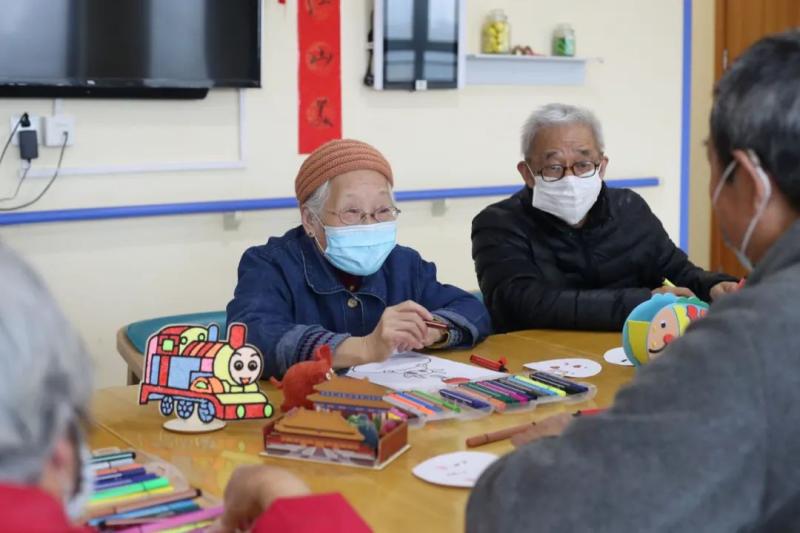
In this regard, many industry experts suggest that on the one hand, the existing "pepper noodle" subsidy method for elderly care institutions should be gradually transformed into a high-quality institution "precision drip irrigation" that satisfies the people, and a new value orientation for the entire industry should be established.
On the other hand, starting from the top-level design, a new pyramid shaped elderly care service system can be constructed. The lower level of the pyramid is dominated by public institutions, and the government can introduce private institutions to operate by purchasing services, setting service standards, and ensuring that the people enjoy more fair and consistent basic elderly care services. The middle layer emphasizes the self-regulation of the market, allowing private institutions to fully compete and strengthening supervision, gradually guiding the formation of a group of truly competitive and reputable institutions in the market. The top-level focus is on building high-quality elderly care institutions, emphasizing exploration and innovation, and continuously enriching the supply of elderly care products in the market.
